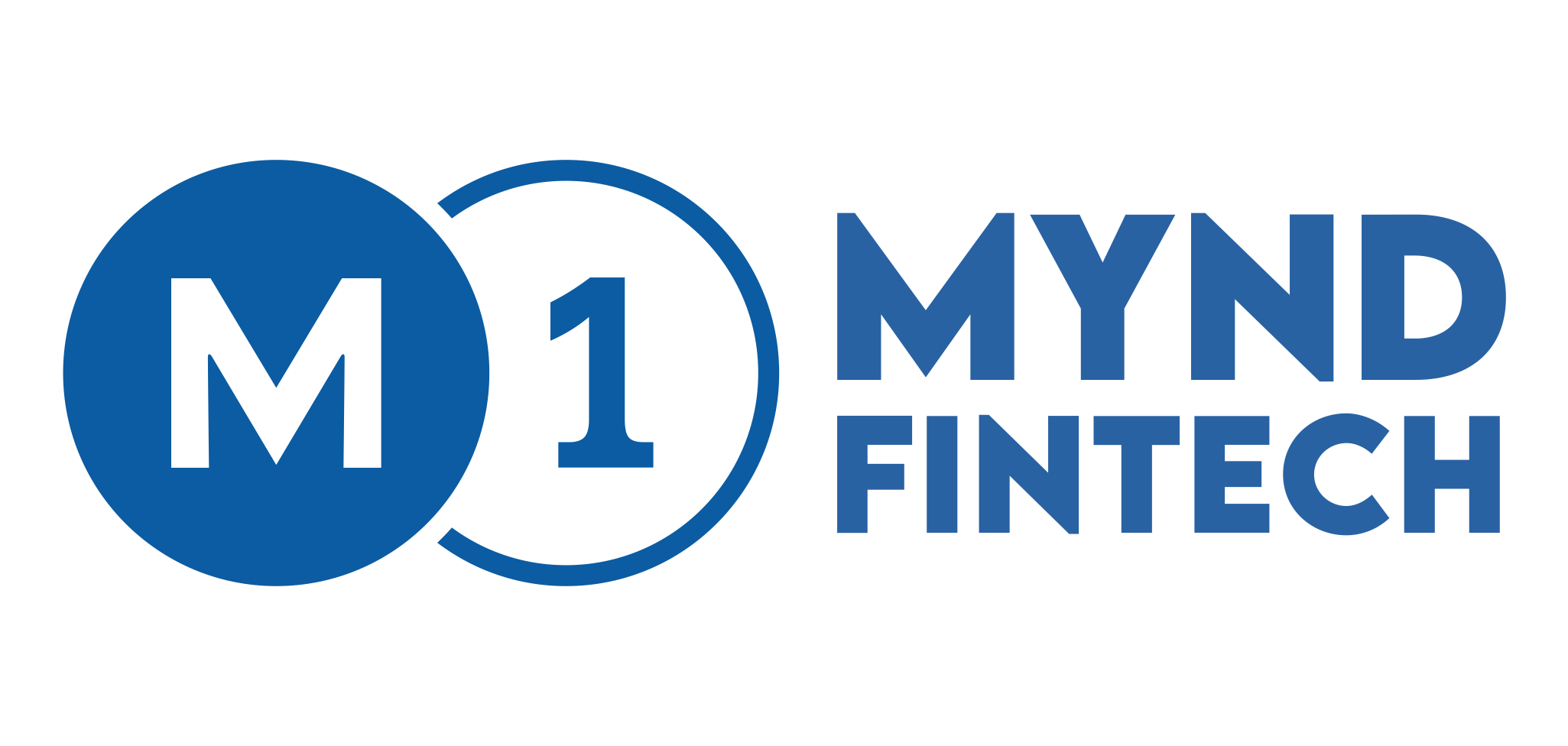To maintain goodwill with their consumers, all firms use a credit system. However, if nine out of ten transactions are made on credit, the company’s cash flow will be strained. It could also have an impact on your inventory purchases, as well as your rent and employee salary. One option to deal with the dilemma is to use supply chain finance to free up funds.
What is Supply Chain Finance?
Supply chain financing is a sort of cash advance based on the credit ratings of enterprises in the supply chain, similar to invoice finance.
It’s a method for small businesses to profit from their customers’ higher credit scores while also allowing customers to extend their payment terms. That may seem perplexing, but here’s how it works.
Buyers and sellers are connected to financing institutions through supply chain finance (SCF). As a result, it assists businesses in reducing financing costs and increasing efficiency. Most crucially, it frees up working cash that has been tethered to the supply chain. Trade Finance includes a section called Supply Chain Finance.
Supply Chain Financing is a collection of services provided to medium- and large-sized businesses. The most frequent are loans, Purchasing Order Finance, Factoring, and Invoice Discounting.
Supply chain finance is a set of solutions that optimizes cash flow by allowing businesses to lengthen their payment terms to their suppliers while providing the option for their large and SME suppliers to get paid early.
One word of caution here. Often people confuse supply chain finance with receivables finance, trade finance, or invoice finance. While all these funding techniques help a business get funds to manage its cash flows, there are salient differences between them.
Growing Need for Supply Chain Finance for Business
In India and across the globe, there is an increasing need for supply chain finance. Talking India, there are more than 6.8 Crore small & medium businesses in India. Most of these businesses are always looking for better, more convenient, and cost-effective ways to get funds.
Encouraged by several supply chain finance companies, these small-scale business units actively use supply chain financing. This has led to a huge growth in demand for supply chain finance.
Talking about India, the current market for SCF is around Rs. 60,000 Cr. And this is just about 10% of the total market potential. Based on the value of total invoices raised in India, the market size is estimated to be Rs. 18 lakh Cr. These figures speak of the enormous potential SCF has in India and even globally.
How Supply Chain Finance Works
Before knowing how Supply Chain Finance (SCF) works, let’s understand the players involved. Any typical SCF involves three parties – the seller, the buyer, and the lender. The seller ”sells” the invoice to the lender and gets his money at a discount.
Here, the credit rating of the buyers plays an important role. Lenders feel more comfortable paying the invoices raised to large corporates and MNCs as there is no risk of defaulting payment. This gives the buyers a lot of bargaining power, and they can negotiate better terms with the sellers regarding the product price and payment schedule. The buyer is also encouraged to produce and deliver quickly as he is assured of the lender’s immediate payment.
Supply Chain Finance Process
The entire process of it can be broken down into 4 simple steps, which are explained below:
Managing money in your supply chain is important for keeping things running smoothly. Supply chain finance helps with this by making sure everyone gets paid on time. Here’s how it works, broken down into easy steps:
- Supplier Sends the Bill: First, the supplier sends a bill to the buyer after delivering the goods. This is like asking for payment.
- Buyer and Lender Approve: Next, the buyer asks a lender to help pay the bill early. The lender looks at the bill and says it’s okay to pay. This step helps the buyer manage their money better.
- Lender Pays the Supplier: Once the lender says it’s okay, they pay the supplier for the goods. But they keep a small amount of money as a fee for helping out.
- Buyer Pays Back the Lender: When it’s time to pay up, the buyer gives all the money for the bill to the lender. This completes the process.
Let’s Understand This Entire Process With an Example
Say, a company ABC Corporation buys some goods from XYZ Limited. Under normal circumstances, the supplier, XYZ Limited, will send the goods to the buyers, ABC Corporation, and then raise an invoice in the name of ABC Corporation.
The buyer, ABC Corporation, will receive the invoice, approve it, and send it for further processing. The finance department of ABC Corporation will release the payment after 30 days or 60 days, whatever the agreed credit terms.
However, what if the supplier XYZ Limited, after making the delivery and while waiting for the payment, gets another order, for which he needs money to buy raw materials? The seller may not entertain this request, and the buyer cannot risk spoiling his relationship with a large corporate.
The supplier approaches the financial institution (lender) affiliated with ABC Corporation for immediate payment in such a situation. If the request is approved, the lender makes the payment to the supplier at a discount immediately. Not only that, it grants another 30 days to the buyer to make the payment, which the financial institution then collects. This way, the buyer also gets an extended credit period.
Who Benefits From Supply Chain Finance?
This method serves multiple purposes and is beneficial for all the parties involved – the supplier, the buyer, and the financial institution (Lender).
Benefits for Supplier
The supplier gets fast access to the money outstanding and can source raw materials for the next order or pay his other liabilities. This makes the company’s cash flow more smooth and more streamlined. The supplier can again repeat the same process with other buyers. This way, the seller can rotate this fund more number of times within a financial year. This way, the supplier can increase his business turnover.
Benefits for Buyer
With SCF, the buyer benefits from a reduction in the cost of goods purchased. This is because the lender not only relieves him of the pressure of paying the invoice within 30 days but grants him an additional 30 days to pay the same amount. This way, the buyer gets a period of 60 days to pay the invoice. With payment being no issues, the suppliers have no issues, and they offer regular supplies to the buyer.
Benefits for Lender
Finally, the mediating agency-i.e. the lender, who could be a bank or some NBFC also benefits here. First, they can use the funds lying to them to generate some income in interest. Also, by collaborating between buyers and sellers, lenders can gain more customers and increase their supply chain.
Eligibility Criteria for Supply Chain Finance
Just like any other business loan, to avail of Supply Chain Finance, the following are the eligibility criteria:
- The applicant’s age must be between 24 years and 70 years at the time of maturity of the loan.
- The business must be running for at least 3 years.
- The buyer must have a good credit rating and no history of defaulting on payments.
Documents Required for Supply Chain Finance
Once you have decided to avail of supply chain finance; you would require the following documents:
- Identity Proof/Address proof for the owner as well as business
- Recent Bank statements
- Recent VAT /GST documents
- Invoices for the last 3 months
- Sales ledger details for vendor.
Interest Rate, Fee & How to Apply for Supply Chain Finance
The interest rate on SCF is calculated based on the daily utilization of the credit limit. To apply for SCF, you may visit the website and enter your contact details. The company representative will call you, meet you, and explain how to go about it.
Conclusion
Supply Chain Finance is an easy and faster way to ensure the working capital balance. This method of financing is based on the mutual benefit of all and helps the buyer, seller, and lender grow their business. When the overall business goes up, it has a positive impact on the GDP and economy of the country.
Mynd Fintech is the pioneer in digital supply chain financing for Indian businesses. With several financing options such as Vendor financing, Dealer Financing, Invoice Discounting, and Factoring it is the ideal choice.
So, if you are looking to streamline your fund flow position, fill Contact Us form and leave your contact details. One of our representatives will get in touch with you soon to explain how to ride this wave smoothly.
Supply Chain Finance FAQs
Q.1 Who can avail of Supply Chain Finance?
Ans. All business entities such as public and private limited companies, sole proprietorships, partnerships, and limited liability companies who have been in the business for at least 3 years can avail of supply chain finance.
Q.2 How much limit can a business avail from Supply Chain Finance?
Ans. The limit for Supply Chain Finance depends on your needs, solid financial history or stability, a good credit score business, and years of existence in the industry.
Q.3 How much does supply chain finance cost?
Ans. While going for SCF, the buyer does not have to pay extra to extend the payment period. The supplier pays a discounted rate to clear his outstanding payment before the due date.
Q.4 How much time does credit evaluation take?
Ans. Once you submit the correct documents, credit evaluation takes not more than 3 days.
Q.5 Why does my business need Supply Chain Finance?
Ans. Sometimes, you may get an order from a big corporate. While everything may seem fine, they may ask you for a more extended credit period. Since you may not want to miss this business opportunity, you agree to their terms. Or, there may be a delay in payment. Both these situations may result in blocking your funds for that duration. You may have to defer your expansion plans. Supply Chain Finance helps you get quick payment for your invoice and fulfill your expansion plans in such a situation.
Q.6 How is the interest rate calculated and finalized by the company providing supply chain finance?
Ans. The interest rate is calculated based on the daily utilization of the credit limit.

